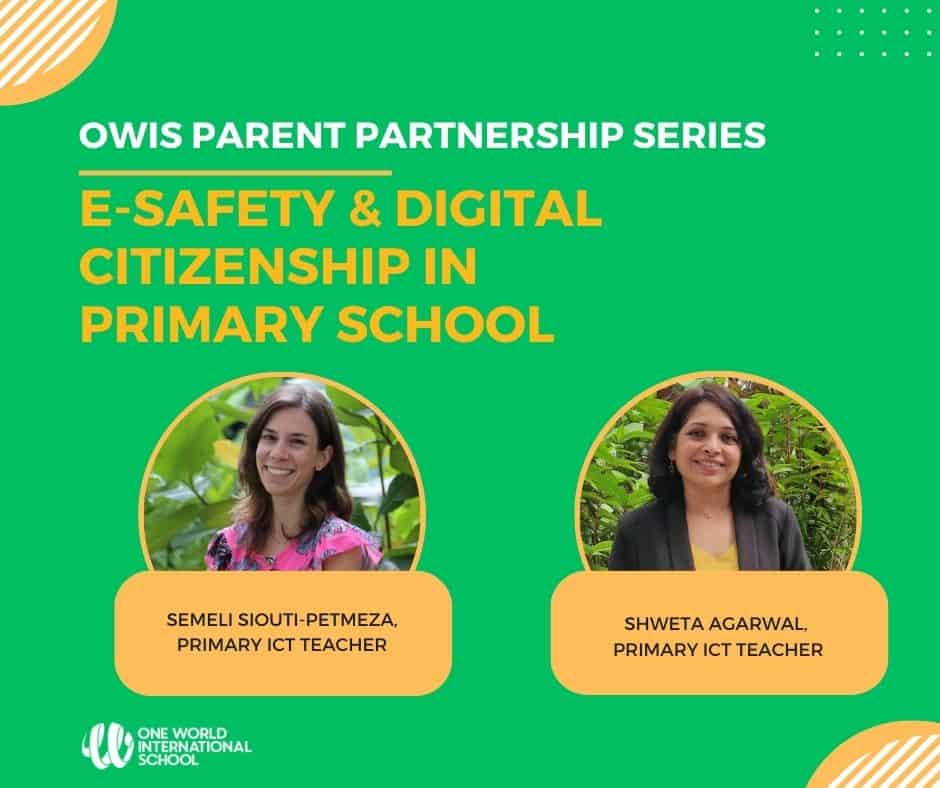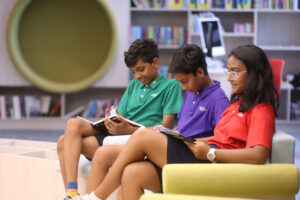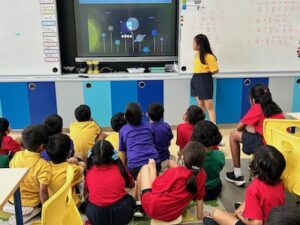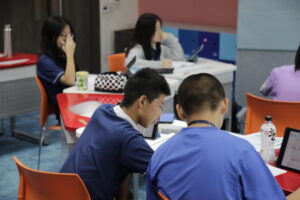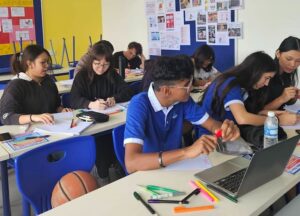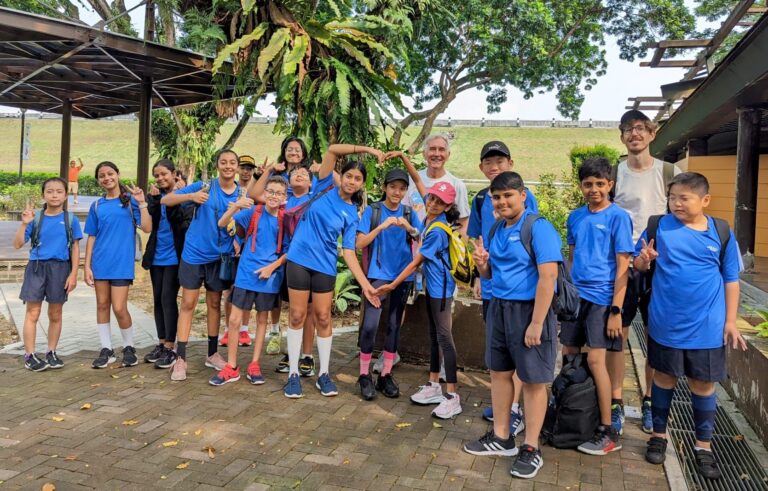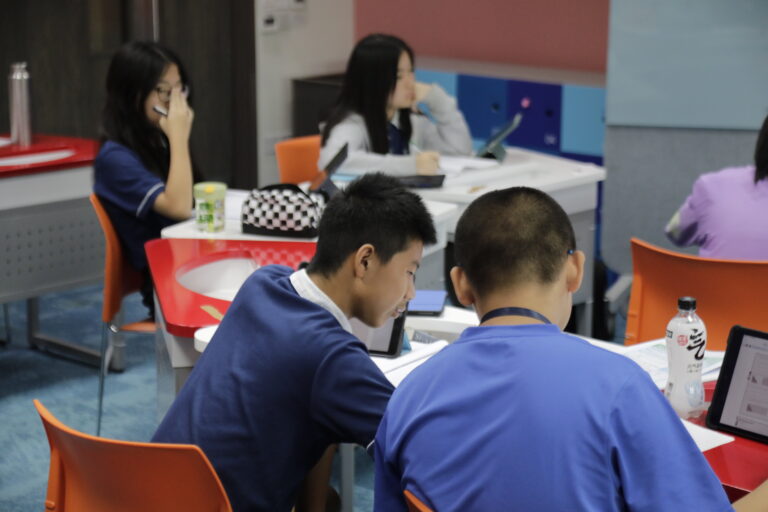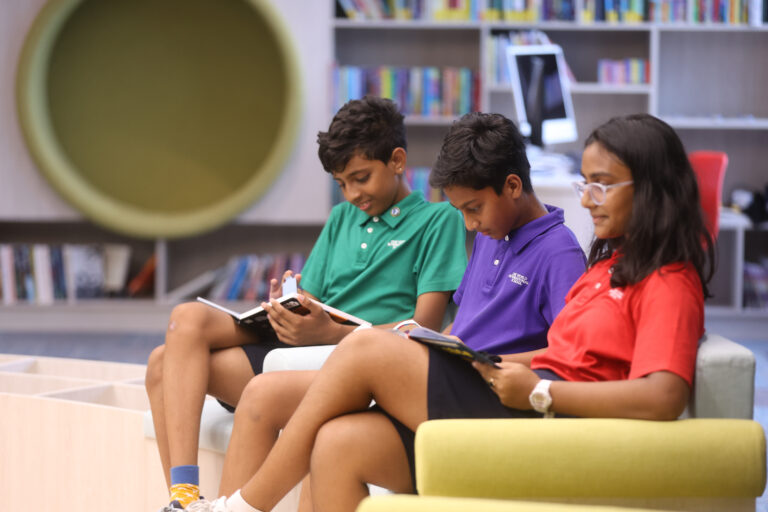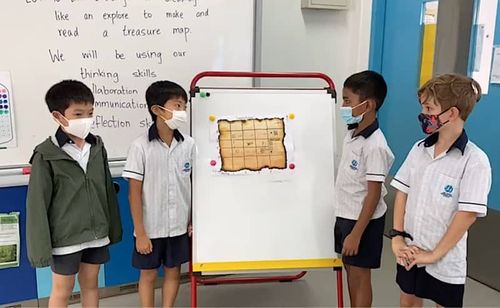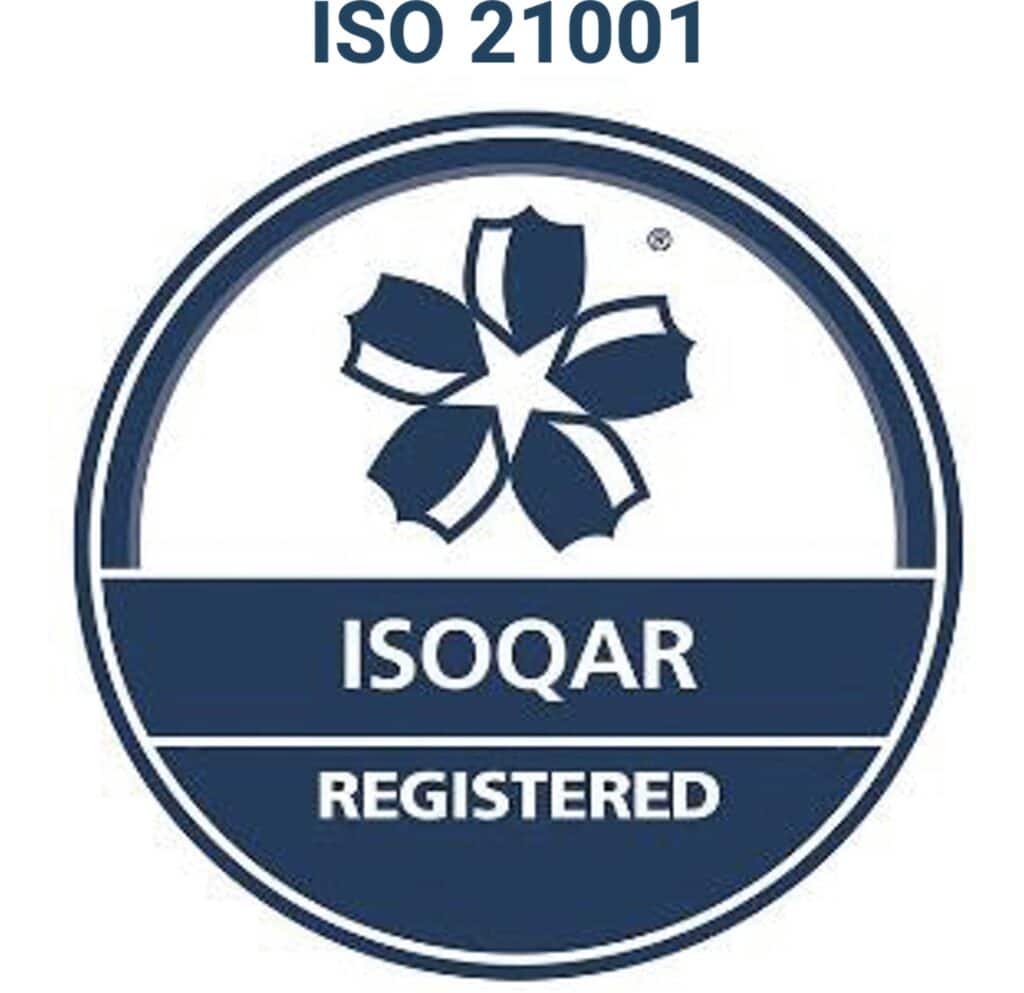The modern educational experience relies heavily on digital learning, and technology in schools plays a vital role. While technology has led to many advances, it has also required teachers and parents to focus on helping students become responsible digital citizens who are both safe and respectful online.
Recently, Ms Shweta Agarwal and Ms Semeli Siouti-Petmeza, our ICT teachers for Primary School at OWIS Nanyang, held a presentation for parents about the importance of e-safety and digital citizenship for our students in Primary School at OWIS. Here’s an overview of what was discussed at the presentation:
What Is Digital Citizenship?

Digital citizenship is the concept of teaching students to interact with technology in a responsible and ethical manner. At our international primary school in Singapore, we believe that teaching students how to be respectful digital citizens is as important as teaching them how to interact with their peers in the classroom. This generation of learners is growing as technology develops, and they know that technology will play a vital role in their future. Digital citizenship lessons allow them to understand that they can use digital tools and social media platforms to form lasting and meaningful relationships with others — and these same lessons also help them avoid the common pitfalls of relying too heavily on technology for personal interactions.
Understanding the Importance of Digital Safety
The online world is full of endless possibilities for primary school children — and while it’s wonderful that they have so much information at their disposal, it can also be a bit scary. Instilling digital safety measures and understanding the risks of technology will ensure that your child is safe and protected in appropriate online spaces. When effective digital safety protocols are in place, your child can enjoy digital learning in the classroom and at home without encountering the dangerous content and experiences that can exist online.
What You Need to Know About Cyberbullying
Cyberbullying is a prevalent problem online, particularly in spaces where activity is not closely monitored by adults. Cyberbullying is defined as the use of electronic communication to bully a person, typically by sending messages of an intimidating or threatening nature. It is often targeted towards a specific person and can be relentless — resulting in lasting social, emotional and physical effects on the victim.
Types of Cyberbullying
Cyberbullying manifests in a variety of forms, such as:
- Excluding an individual from a social page or platform
- Outing a person in an online space
- Flaming a person in an online space
- Impersonating another person online
- Harassing a person via chat, text or on social media
- Posting content without the express consent of another individual
Common Cyberbullying Warning Signs
The worst part about cyberbullying is that many parents are not aware that it is happening because their child may try to hide that information. Given that cyberbullying takes place in a digital landscape, it is harder for some parents to become aware of it. These are some of the common cyberbullying warning signs that you should be on the lookout for:
- A sudden change in your child’s mood or behaviour after they have been online
- Hiding their devices from parents or guardians
- Unexpectedly closing their social media account
- Withdrawal from social activities
Some ways in which parents can support their children through this scenario are by having open communication with them, teaching them resilience and coping skills, and encouraging reporting the matter. Some other tips are described below.
Your Child’s Digital Diet and Nutrition

Parents should pay attention to their child’s wellbeing not only physically but also with respect to their digital nutrition. They should understand that unmonitored digital consumption can have a negative impact on a child’s mental and physical health. .
Age-Appropriate Screen Time Limits
One of the most common questions parents ask today is, “How much screen time is too much for a child?” While there’s no hard-and-fast rule, we believe that primary school students should spend no more than one hour per day on devices. It is important that your child is using a device when you are able to monitor them, and you should avoid letting them sit in front of a device during mealtimes.
Social Media for Primary School Students
By Grade 5, most primary school students will have at least one social media account, and social media will likely play a prominent role in their lives in the years to come. If your child is on social media, ensure that you monitor their accounts actively and check the ratings of the apps they are using. In addition, your child should always ask your permission before starting their own social media account.
Gaming for Primary School Students
Online gaming is a treasured pastime for children when they are at home. However, while gaming can have social benefits for children, it’s important to be mindful of the games your children are playing and who they connect with online. Parents should monitor the games their children play online.
Digital Learning in the Primary Classroom
Digital learning is a critical part of our curriculum at OWIS Nanyang, but we are still mindful of the dangers of relying too heavily on technology in schools. While all our students have access to state-of-the-art technology that complements our curriculum, we also use hands-on, screen-free lessons and traditional learning with unplugged activities and writing materials.
Digital Safety Tips for Primary School Students and Their Families
These digital safety tips will ensure that your child is interacting with technology in a productive and healthy manner:
- Encourage your children to take breaks from the screen at least every 30 minutes.
- Be mindful of the type of content that you post online about your child, and remember that it will be available for them to see in the years to come.
- Use digital resources, such as Common Sense Media, to review the content that your child is consuming.
- Set an example for your child by putting your phone down and interacting with them once they are home from school.
For more information about technology in schools and digital safety at OWIS Nanyang, contact us today.
